
There’s something uniquely special about Great Danes – they’re big, muscular dogs that are often referred to as the gentle giants of the canine world.

There’s something uniquely special about Great Danes – they’re big, muscular dogs that are often referred to as the gentle giants of the canine world.
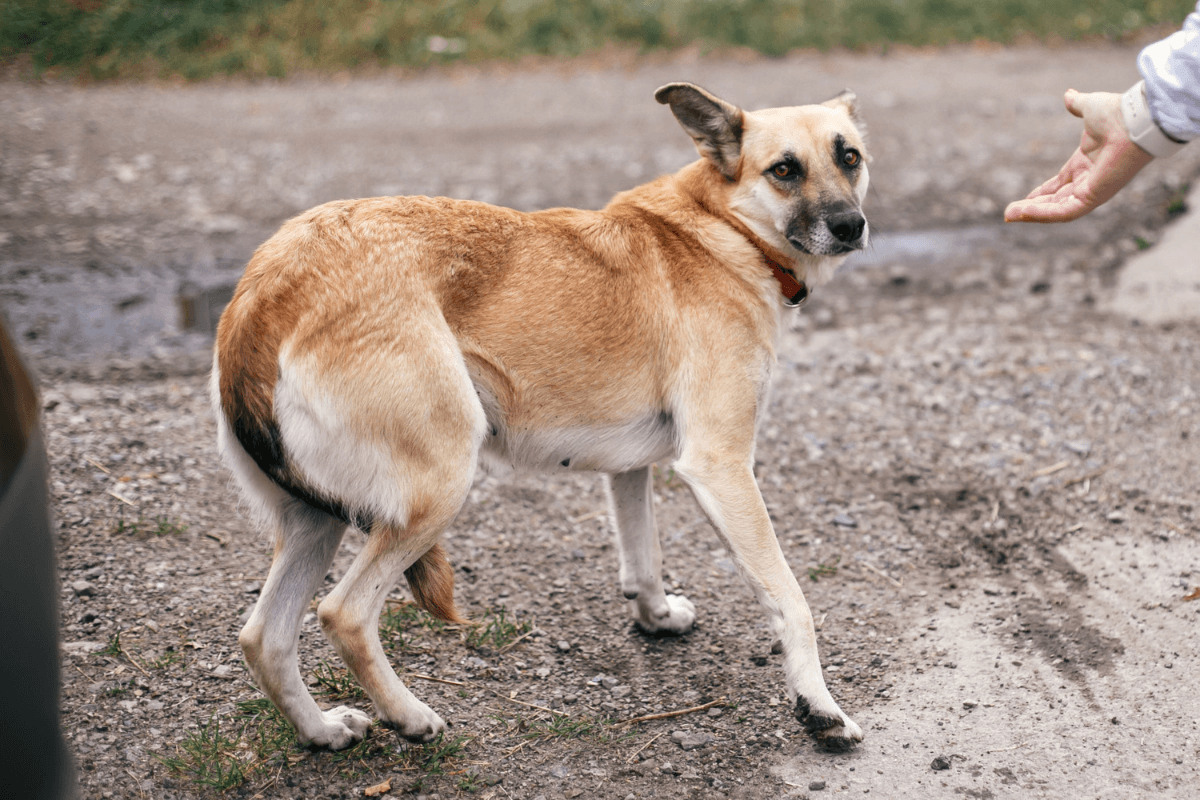
Dog tail in between legs: dog tails tell the story of how they feel. If your dog’s tail is in between their legs, this usually
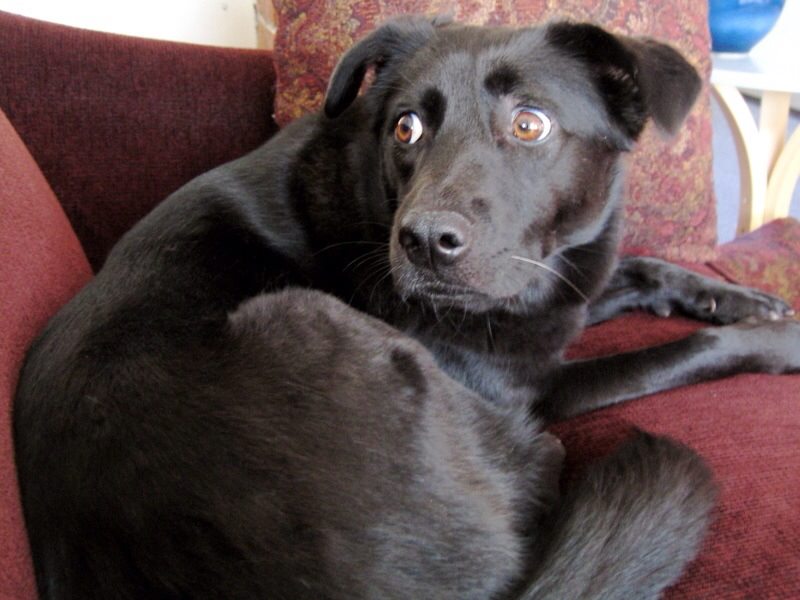
Whale eye is NOT your dog looking like a whale, although that might be a simpler explanation. Whale eyes in dogs are just one of
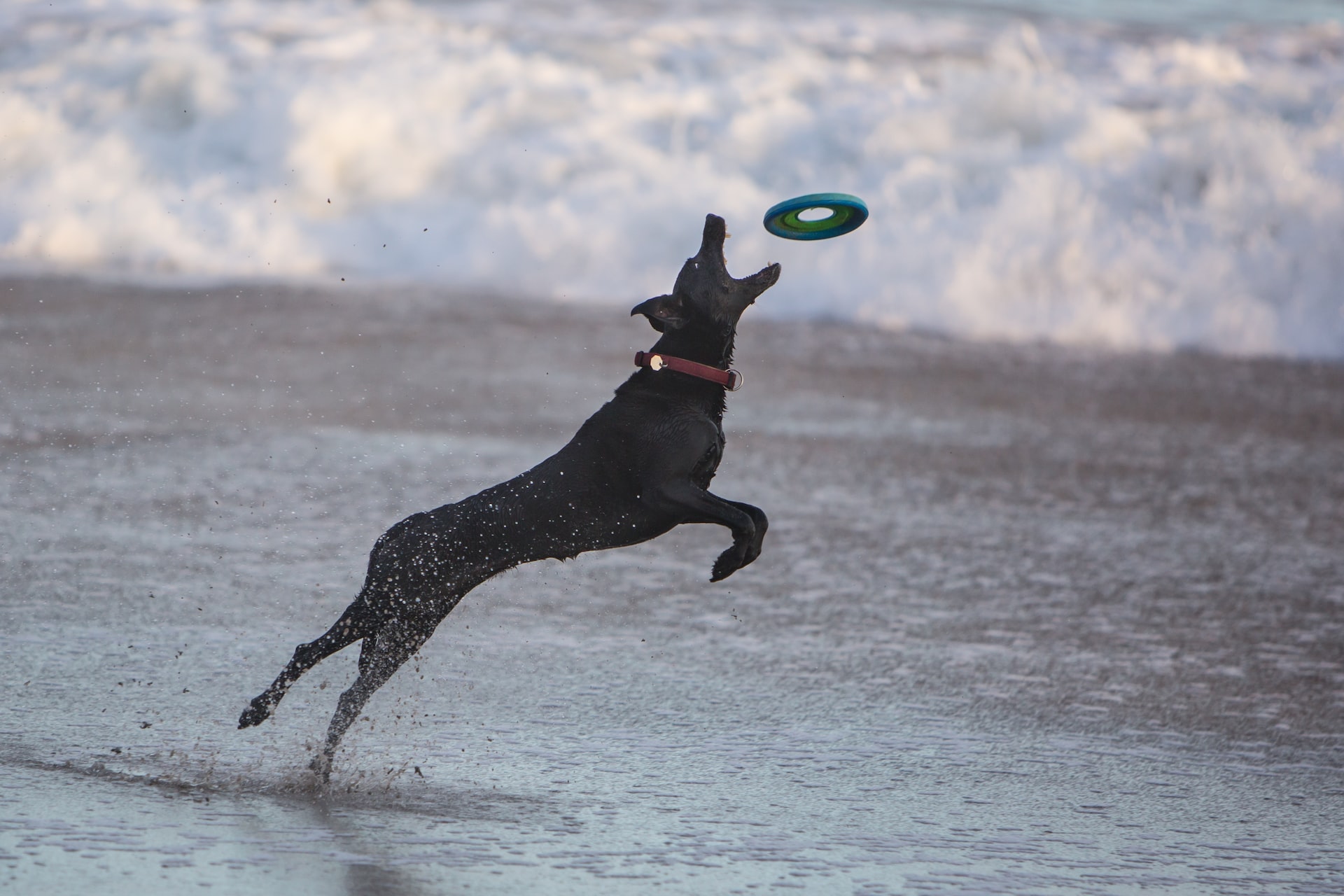
Many dogs will show anxiety to their human with behavior signals. A frightened dog will have red flags over its entire body. But, humans often
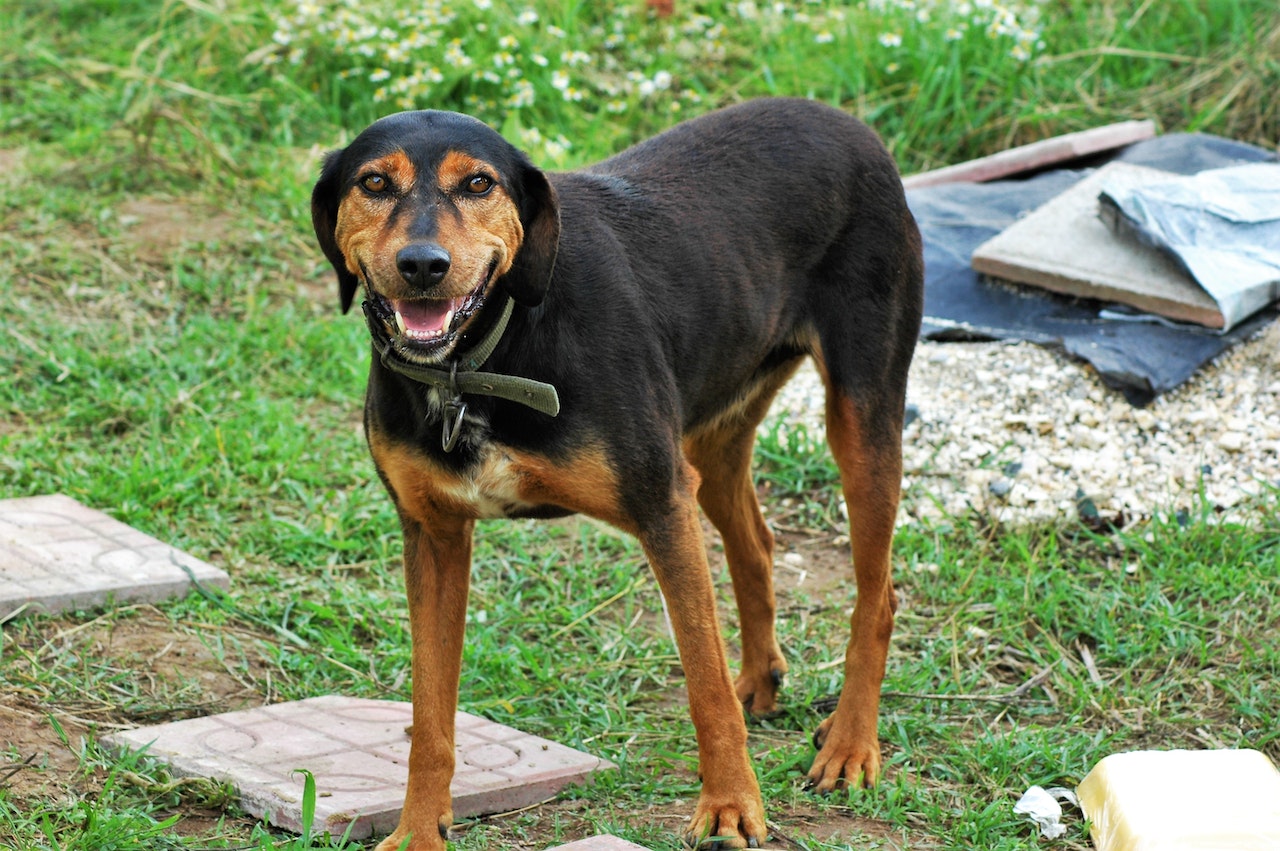
My dog snapped at my child for seemingly no reason!!! Help!! If you have a family dog that has been around young kids it’s entire
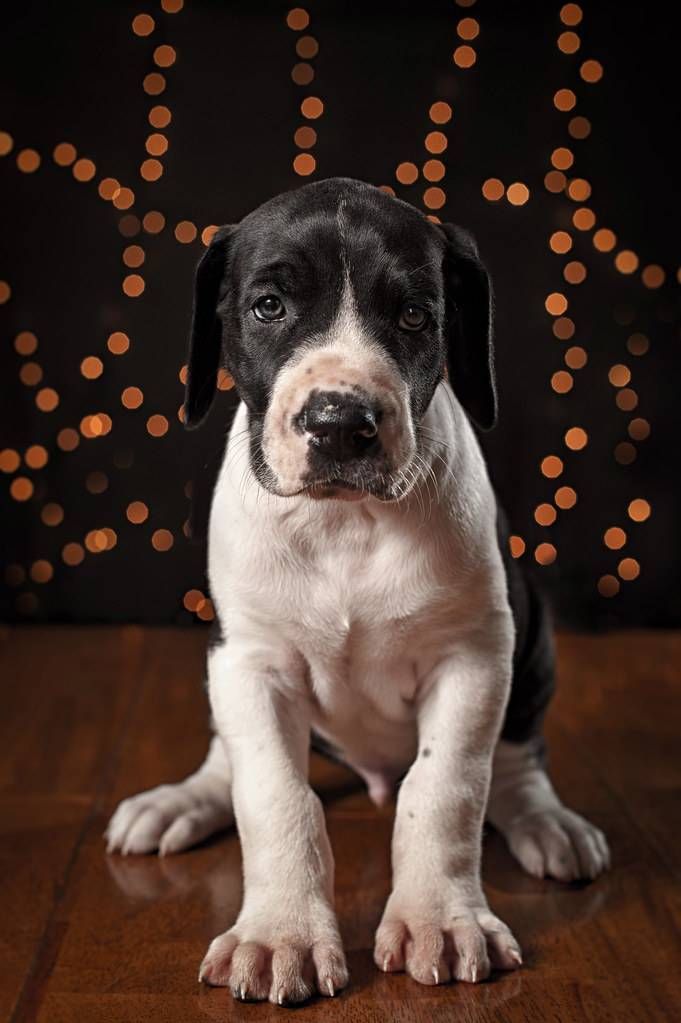
Have you ever wondered how to raise a confident dog? It’s no secret that a confident dog makes for a happy family. Dogs who feel

If you’re the owner of a Great Dane or another giant breed dog, you may be wondering if neutering will get them to chill out.
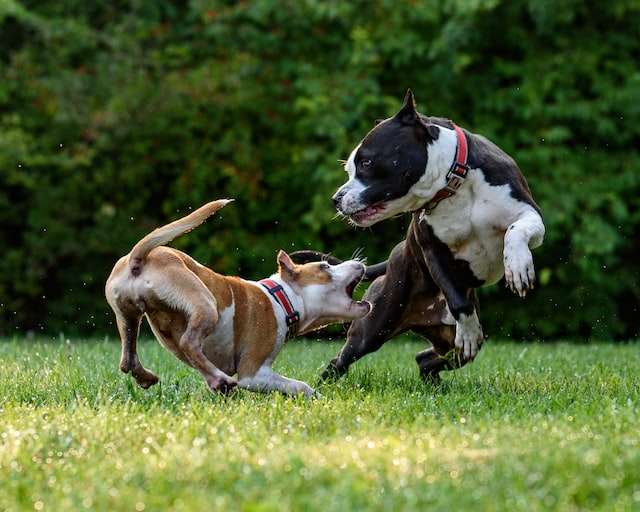
Dog bite prevention is one thing that all dog owners should know all about! Dogs are one of the most beloved creatures on the planet.
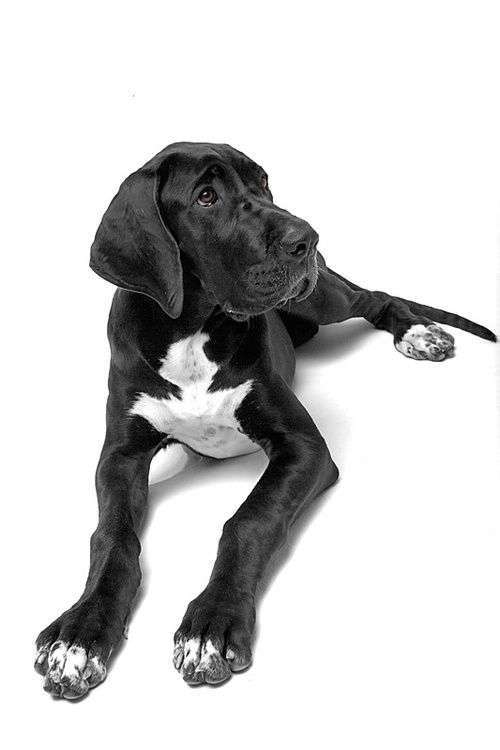
Puppy fear periods can be confusing for any pet parent. A young dog usually starts off pretty confident, but as they start to learn and

If you’ve ever seen dogs ears back, you might be wondering what it means. Dogs can exhibit this behavior for a variety of reasons –